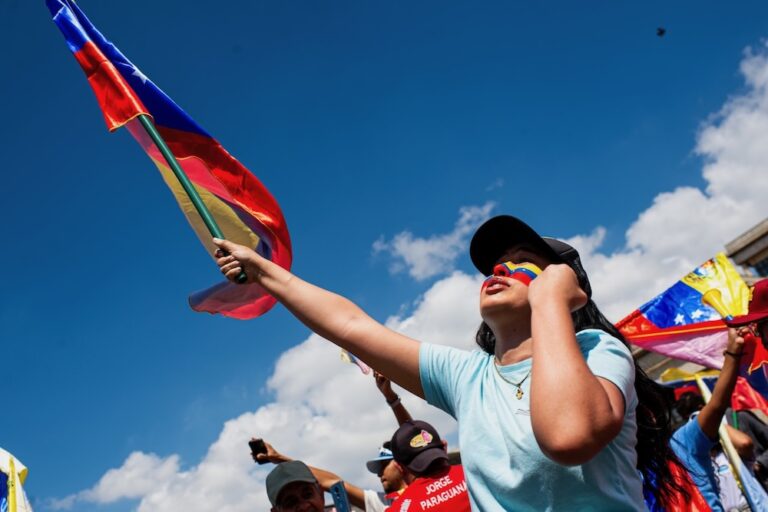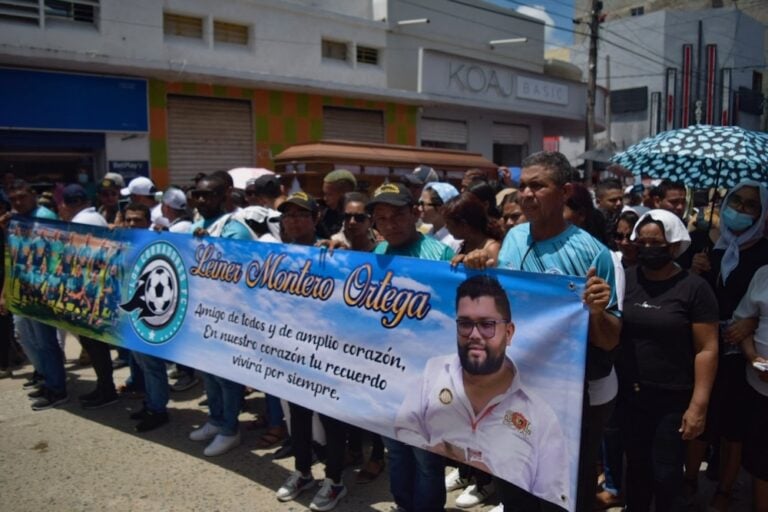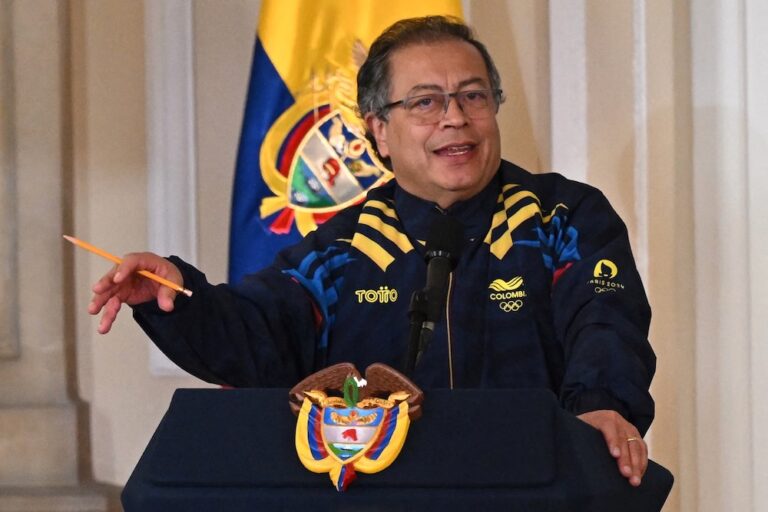On 29 August 1996, Luis Gonzalo Velez, a cameraman for the television news program “Colombia 12:30”, which broadcasts on the public channel Cadena 1, was assaulted by several soldiers as he was covering confrontations between the soldiers and coca producers in Caqueta department, in southern Colombia. According to footage broadcast the same day, Velez was […]
On 29 August 1996, Luis Gonzalo Velez, a cameraman for the
television news program “Colombia 12:30”, which broadcasts on the public channel Cadena 1, was assaulted by several soldiers as he was covering confrontations between the soldiers and coca producers in Caqueta department, in southern Colombia.
According to footage broadcast the same day, Velez was filming a group of soldiers assaulting a protestor. Shortly after, the soldiers approached Velez, insulting him and telling him to leave behind the video cassette containing the footage that he had just shot.
Assaulted several times in the abdomen and back, Velez had to be taken immediately to Bogota to be treated.
The same day, Yesid Cristancho, cameramen for the television
program “CM” on the public channel Cadena A, had to jump in the Bodoquero River after finding himself surrounded by security forces and protestors. He was not able to escape via a metal bridge nearby, as it had been electrically charged (“electrizado”) by the soldiers.
On 20 August, reporter Edison Parra and photographer Jaime Arias, both of whom are special correspondents in Mocoa for the daily “El Tiempo”, in Putumayo department, were threatened by a group of civilians who forced them to leave the place where they had been covering the demonstrations.
On 15 August, an armed man ordered Hector Mujica, correspondent for the daily “El Espectador” in Puero Asis, also in Putumayo, to account for his articles that dealt with an ambulance that was set on fire by protestors.
These incidents have occurred as the media has been attempting for the past several weeks to cover protests by coca producers against the eradication and substitution campaign of the government. Several other journalists have complained of threats made to them both from security forces and the coca producers during the coverage of protests against the campaign. The resulting confrontations between the two groups have reportedly left twelve people dead.
Recommended Action
Send appeals to authorities:
asking that they do everything to ensure that journalists are able carry out their professional duty in total safety,
particularly in the southern departments of Colombia
Appeals To:
His Excellency Ernesto Samper Pizano
President of the Republic of Colombia
Palacio de Narino
Carrera 8, No. 7-26
Santafe de Bogota, Colombia
Fax: +57 1 289 3377 / 286 7434 / 286 7324/ 287 7937
Dr. Horacio Serpa Uribe
Minister of the Interior
Ministry of the Interior
Carrera 8, No.8-09, Piso 2
Santafe de Bogota, Colombia
Fax: +57 1 286 6524 / 286 0485
Dr. Juan Carlos Esguerra Portocarrero
Minister of National Defence
Ministry of National Defence
Avenida Eldorado CAN – Carrera 52
Santafe de Bogota, Colombia
Fax: +57 1 222 1874
Please copy appeals to the originator if possible.


